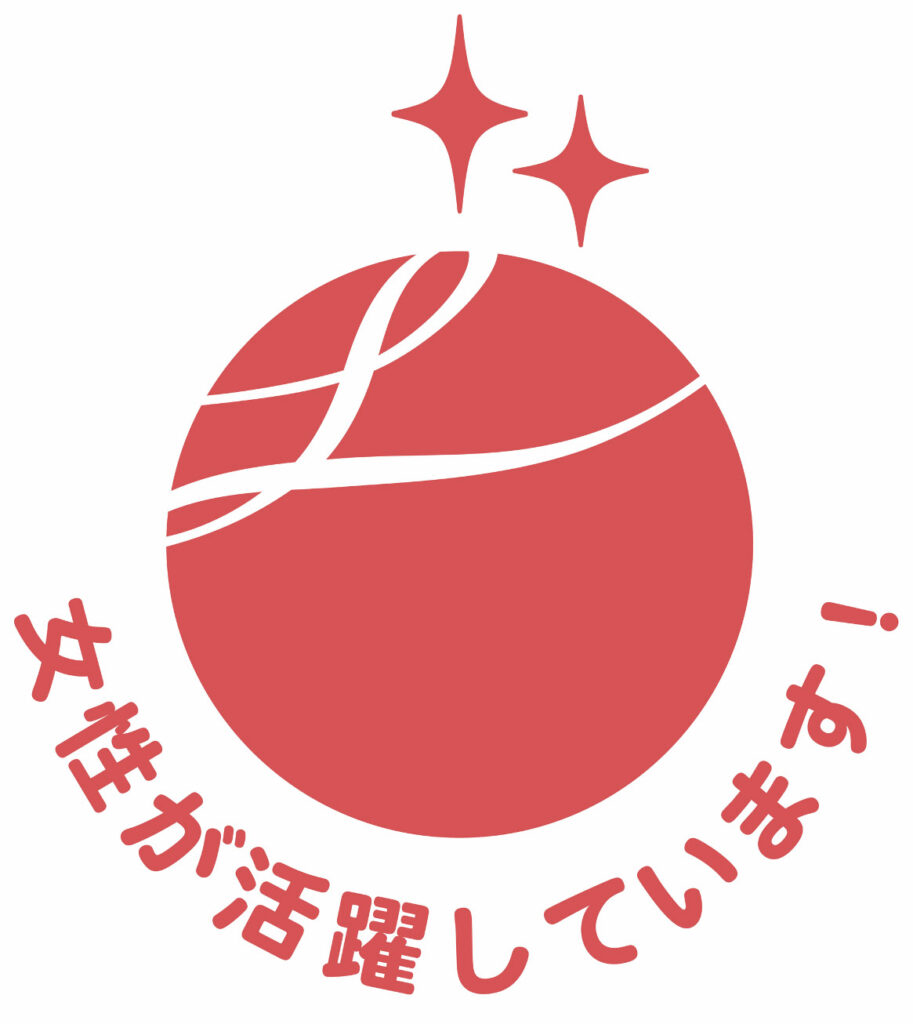Women account for roughly half of Japan’s population. To identify and address the needs of women, we need to assume that women’s perspectives are incorporated into everything from store design to managerial decisions, and that female employees thrive in every section. As Japan’s working population declines, companies will only be able to grow if they are chosen by men and women.
- Conduct ongoing education with the aim of eliminating unconscious bias, one of the impediments to the success of women in the workplace
- Prepare and improve systems and work environments, such as systems for supporting work-life balance, to enable women to continue working as they experience life events
- Foster a culture where both men and women can enjoy work and care for their children
- Share role models to cultivate a company culture where women exercise leadership and thrive
- Redesign managerial workstyles to eliminate the assumption of long working hours
Initiatives for Elimination of Gender Bias
As shown in the percentage of female managers and the wage gap between men and women, the promotion of women remains a challenge for the Group. The primary causes of the wage gap are that, under the personnel system, more than 40% of female employees choose the course that involves reduced salary but no moves or transfers in the selection of work location, in addition to the smaller number of female managers and the large ratio of part-time female employees.
In order to identify the reason for the small number of female managers and take corrective action in the future, we investigated the correlation between promotions and having children or not or the timing of having children for groups with different years of continuous employment. While having children or not showed no effect in past promotions of men, an effect was seen in promotions of women. In order to further expand the promotions of female employees that became more active since around 2015, we recognize the importance of removing the difficult obstacles for employees who are raising children or employees who may raise children in the future. In fiscal 2023, we removed (partially relaxed) restrictions on promotions resulting from the selection of working location under the personnel system.
Women’s career awareness forum
We solicit volunteer participants, and 11 female employees participate in this forum for shaping their future careers. Participants share their concerns about their careers and learn about careers within and outside of the Company while receiving advice from the female outside officers who are participating as observers.
Making the shorter working hours system for childcare more flexible
We believe that the main impediment to women’s success in the workplace is that housework and childcare are often biased in favor of women, leading to time, psychological and physical constraints. Considering that late working hours make it difficult for employees with children to continue working, we revised the system of shorter working hours for childcare in April 2023 to allow using this system until the child finishes the third year of junior high school. In addition, we expanded the prescribed working hours of the shorter working hours system for childcare from two patterns: 5 hours and 6 hours to six patterns from 5 hours to 7.5 hours (in 30-minute increments). This change will let employees choose their work style according to their personal circumstances. We want to link this change not only to support for balancing work with childcare, but also to the career development of women.
Encouraging men to take paternity leave
In order to support a balance between work and childcare regardless of sex, in April 2024 we extended the required number of leave days from 14 days to 28 days for “ikumen leave (special paid childcare leave for a maximum of 28 days).” In fiscal 2023, 103 persons (leave taking rate 96.3%) took an average of 14.7 days of leave.
|
FY2022 Results |
FY2023 Results |
FY2024 Results |
2030 Target |
|
|
Female directors |
22.2% |
22.2% |
50.0%※ |
- |
|
Female managers (section manager or higher) |
1.3% |
1.8% |
2.0% |
5% |
|
Female junior managers (deputy section manager or higher) |
3.6% |
4.3% |
4.5% |
20% |
|
Female permanent employees |
13.0% |
14.1% |
15.3% |
30% |
|
Female employees |
36.5% |
36.7% |
36.7% |
50% |
|
Female new employees |
47.2% |
56.4% |
54.8% |
50% |
※as of June 24, 2025
|
FY2022 Results |
FY2023 Results |
FY2024 Results |
|
|
Wage gap (permanent employee) |
71.4% |
72.1% |
74.7% |
The influx of new female employees is one factor affecting the wage gap.
The Eruboshi Certification (Joshin Denki Co.,Ltd.)
The Eruboshi certification is awarded to companies with excellent implementation of initiatives to promote the advancement of women.
The certification requires the development of a general employer action plan based on the Law on the Act on Promotion of Women's Participation and Advancement in the Workplace and the fulfilment of certain criteria.
There are five evaluation criteria for the Eruboshi certification.
We met four criteria - recruitment, retention, working hours and diverse career courses - to achieve Level 2 certification.

The Kurumin Certification (Joshin Denki Co.,Ltd.)
The Kurumin Certification is granted to companies that have formulated a general employer action plan in accordance with the Act on the Promotion of Measures to Support the Development of the Next Generation,and have achieved the targets set out in the plan and meet certain criteria.
The certification is granted by the Minister of Health, Labour and Welfare as a ‘childcare support company’.
Our company received the Kurumin Certification in 2024.


.jpg)
